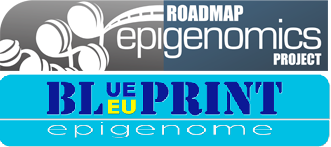
In the last decade at least two different epigenome programs have been founded: The Epigenome Roadmap (the US based consortium) and the Blueprint Consortium (the EU based one).
The major aim of both consortia is to systematically characterize epigenomic landscapes in primary human tissues and cells. This is of an extraordinary added value in consideration of the evidence that both physiology and pathology are causally epigenetically regulated. Thus, knowing which is the ‘normal epigenome of a given cell’ can automatically define what is pathological in ‘bona fide’ human diseases.
An entire issue of Nature, entitled The Epigenome Roadmap (see articles p.317, p.331, p.337 & p.344 and Letters p.350, p.355, p.360 & p.365), studies the epigenome landscapes mainly analyzing samples taken directly from human tissues and cells, embryonic and adult, diseased and healthy. Scientists have connected these epigenome characterizations to the matching genetic data, producing reference epigenomes for tissue and cell types.
The results can be translated into a functional picture of how the epigenome regulates gene expression in the human body. Finally, although many of the functional hints still remain to be validated, having this first step may revolutionize our understanding of health and disease with the ‘functional interpretation’ of genetic information.
Dr. Lucia Altucci
Latest posts by Dr. Lucia Altucci (see all)
- 3D chromatin organization changes: a brief overview - 28th January 2016
- Epigenome programs: a brief overview - 1st June 2015
Comments